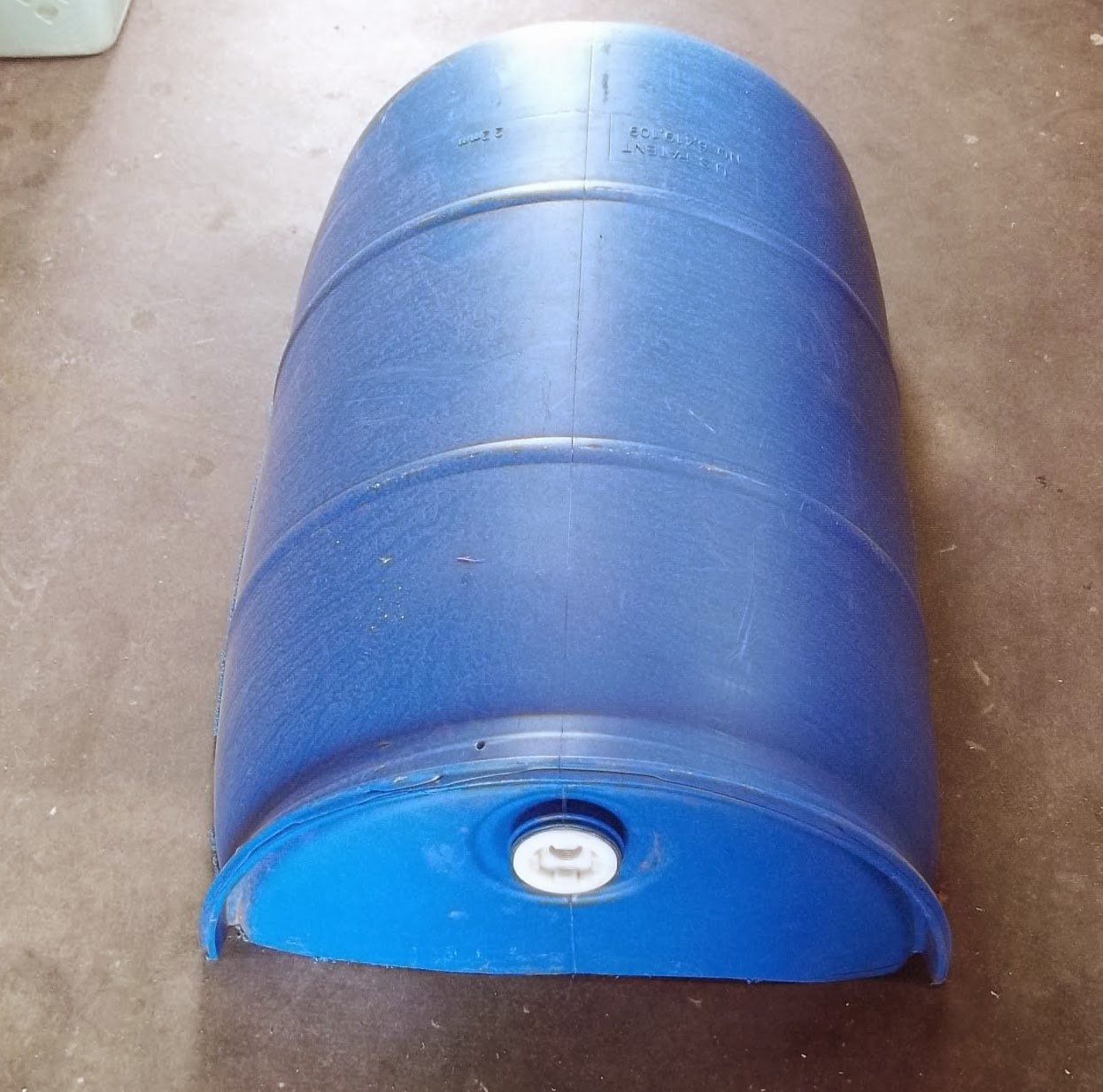As noted earlier number of errors have been made despite the amount of research done prior to even starting this up. We are both learning a lot as we go along. One major but easily fixed error was planting some plants in the media without cycling for at least six weeks, so that beneficial bacteria called nitrosifying and nitrifying bacteria would colonize the media in the grow bed. These bacteria eat Nitrite and transform it into nitrate which plants need for growth.
So on the first two grow beds we left the plants in them just to see what would happen, the last two beds will be correctly cycled for six weeks. In the photos below you see the plants yellowing resulting from deficiency of nutrients.
The second mistake was making the stem pipe and bell siphons to high or tall causing water levels to raise near the very top of the media before draining. This mistake created two problems, one causing the media to float and shift constantly, at times we would find the plants completely buried under media over night. An other result of high water levels allowed algae to form on the surface of the media. To fix this we simply reduced the hight of the stem pipe and bell siphon so that the water would begin to drain around two inches below the surface of the media keeping it dry so the algae would die.
Plants yellowing from lack of proper nutrients.
Algae forming on the media surface.
Reducing drain level to two inches below media surface in order to keep surface dry and prevent the spread of algae.
For now everything seems to working fine, regarding the grow beds at least.



















